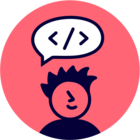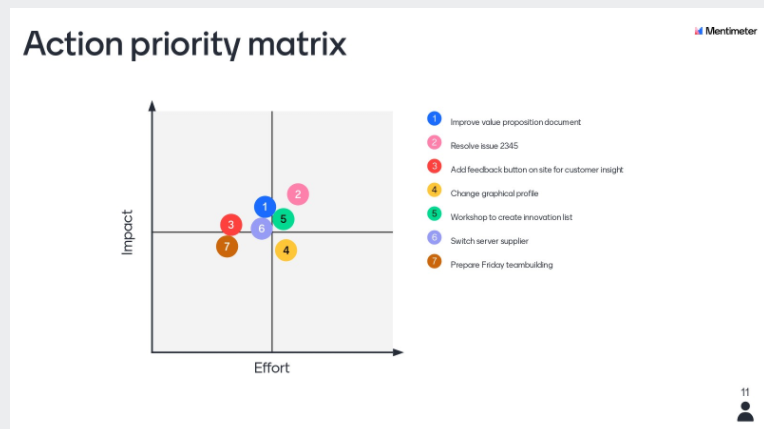Hey folks!
We are doing discovery to understand how can we improve Workshops & Meetings experience, and need your help! Reflecting on the workshops and/or meetings you have run, or participated in, using Miro:
- What are the situations, or problems, that you can’t solve exclusively using Miro native tools? (E.g. I can’t run a poll in Miro.)
- What other tools, or instruments, do you use to address the situations, or problems, you listed above? (E.g. A live polling tool like Mentimeter, etc.)






